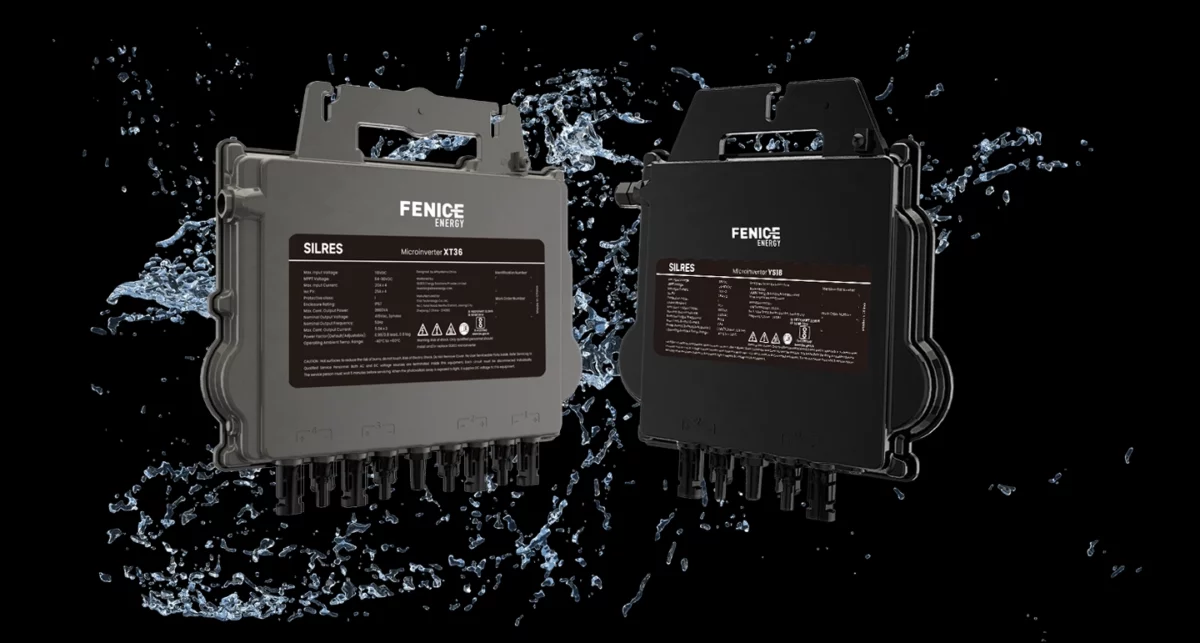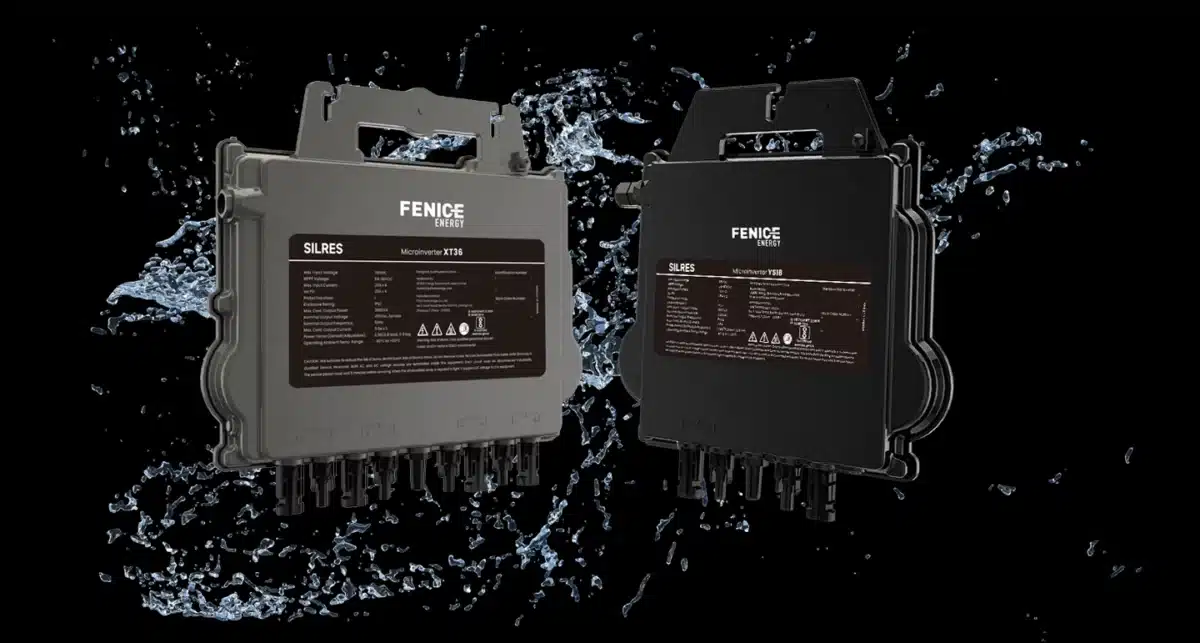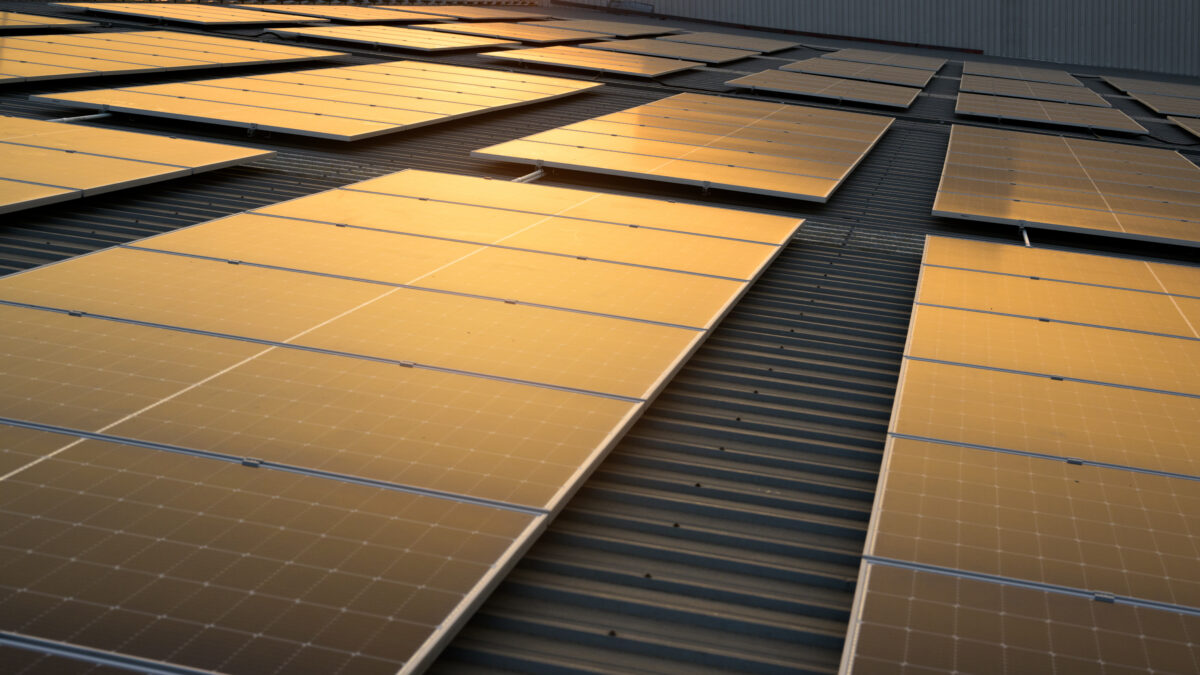Inside today’s vibrant world of solar installations, these seemingly secretive threads that connect together those solar arrays are just as important as the panels. They are connectors through which this power-plant module can touch base with the outside world. These little connectors carry on the efficient flow of energy; they sustain reliability. A comprehensive guide to PV solar panel connectors will help you understand all about the uses and benefits of solar panel connectors.
Understanding the Basics: Male and Female Connectors
Before we venture into the myriad details of solar panel connectors, it is vital to form a picture of the basic idea behind male and female connectors. These connectors enable different parts of a solar PV system to be securely and reliably connected and so become the spine, or backbone, of solar installations. In this section, we explore the significance of these connectors and their role in uniting solar arrays into a whole.
Building Blocks
At the root of every solar connection lies the simple concept of male and female connectors. Like pieces of a puzzle, these connectors guarantee a reliable fit between different parts of a solar PV system and ensure security.
Junction Box Integration
Solar panels have junction boxes, which house these connectors, serving as nerve centres for interconnection. Not only does this integration simplify wiring, but it also saves that ever-so-pricey installation money. The National Electric Code (NEC) standards, in effect, ensure safety and efficiency in the matter of high-voltage connections.
MC4 Connectors
A cornerstone of solar power generation is that the MC4 connector is a common way to link large numbers of solar panels in an array. The MC4 stands for Multi-Contact 4. These connectors have been used for all sorts of solar installations and they can connect with many kinds of solar panels. In this section, we explain why MC4 plugs are so popular and discuss their role in ensuring efficient energy flow within arrays of MC4 Connectors.
Unlocking the Tool
MC4 connectors have a locking mechanism that keeps the connection secure and prevents accidents caused by vibration or environmental conditions. The system needs to be unlocked by an opening tool, another link in safety.
T4 Connectors
The next generation T4 connector is a development of the MC4. The T4 offers improved mating, better locking mechanisms, and greater performance in harsh environments for longer life expectancy. T4 connectors are designed to cope with a wide range of environmental conditions. They make solar arrays more robust and durable than ever before.
Crimping Tools and Techniques
An essential part of putting together a solar PV system is to crimp properly. Tools for crimping play a vital role in this, ensuring that the connection between conductors and connectors is tight and reliable. In this section, we review the importance crimping holds in solar installations, and discuss techniques and tools for crimping effectively.
An important part of constructing a solar PV system is to crimp properly. Tools for crimping play a crucial role here, ensuring that the connection between conductors and connectors is tight and reliable. We provide background information and tips on how to crimp in this section.
Ensuring a Tight Connection
The crimping tool is an indispensable part of the photovoltaic installation process. The tool secures the connection between the conductor and connector; a tight and reliable contact is then produced.
Precision Matters
Correct crimping techniques are necessary to keep the integrity of your electrical connections. Precision is required for crimping, which prevents resistance from arising and maximises solar PV system output.
MC3 Connectors: An Alternative in Solar Connectivity
MC3 connectors are not as commonly used as MC4 but offer an alternative to photovoltaic wiring. Developed by Multi-Contact, the MC3 connector has become its distinctive feature and is known for compatibility with smaller solar modules. This section introduces the characteristics and advantages of MC3 connectors in solar installations.
A Close Relative
MC3 connectors are also a product of Multi-Contact, though not as widely used as the predecessor MC4. They are still used in some photovoltaic installations today and can be fitted with smaller solar modules.
Panels Connected in Harmony
By adding MC3 or MC4 connectors and wiring them in parallel, photovoltaic panels can be connected to one another instead of in series. In this way, the entire array is harvested for energy in a stable and efficient manner.
Types of Solar Connectors for Diverse Applications
Not only are there well-known MC4 and MC3 connectors, but new joints have been developed in recent years for different types of solar installations. The various connectors help solve problems at different scales: family homes and commercial buildings on one hand and large solar power stations on the other. This section will give an introduction to new types of relaiable PV connectors as well as their particular uses.
Specialised Connectors
In addition to the ubiquitous MC4 or MC3, specialised connectors have been developed for specific applications. They are best suited to the diverse needs of solar installations, from residential rooftops to the planned solar fields that will feed grid power.
Multi-Contact Dominance
Multi-Contact is committed to offering a range of connector styles for all tastes and needs. Such care has earned it a reputation as an outstanding provider in this field with its solar products marked by self-confidence and reliability.
Connector Compatibility and Interoperability
Interoperability is vital in large solar-electric systems, where many components must fit together invisibly and which also present a clear path for further expansion. This modular system made it possible.
In this section, we will consider the importance of connector compatibility and interoperability in solar arrays, as well as efforts currently underway to standardise connectors.
Ensuring Seamless Integration
Interoperability is a fundamental factor in solar installations, particularly as current trends indicate the arrival of new technologies. Connectors that are compatible with a variety of major solar panel types and inverter systems not only ease their installation there is also room for expansion if required.
Standardisation Efforts
Standardisation of connector types such as MC4 connectors enhances interoperability and promotes a more unified industry approach. Following these standards ensures that connectors from different manufacturers can be combined to produce multiple types of energy in a powerful and complex solar ecology.
Future Innovations: Pushing the Boundaries
Solar connectors are still under continuous development, their future shaped by changes in technology, research & development at all times, providing the momentum for new advances. New designs in connectors aim to improve efficiency, strength, and ease of installation even further. In this section, we explain the latest advances and future prospects in solar connector technology, including the development of ‘smart’ connectors and other cutting-edge solutions.
Ongoing Research and Development
The field of solar connectors is not standing still; continually advancing research and development across new frontiers. Innovations in connector design, for example, bear the aim to enhance efficiency, durability, and ease of installation further in what is now the third decade since connectors began playing a role in shaping the future of solar power.
Smart Connectors
As the idea of smart grids and integrated energy systems takes root, interest in smart connectors is growing. These connectors could include features such as data monitoring, meaning it should be feasible to carry out real-time performance analysis and management optimisation for solar PV systems.
Connectors will remain a focus of creativity as the solar industry moves forward. However, with better-locking sequences, weatherproofing in design, or clever connectivity features there are all sorts of potentials lying ahead for solar connectors. Every connection we make will lead us down pathways toward a more sustainable and interconnected energy picture that feeds off the sun.














